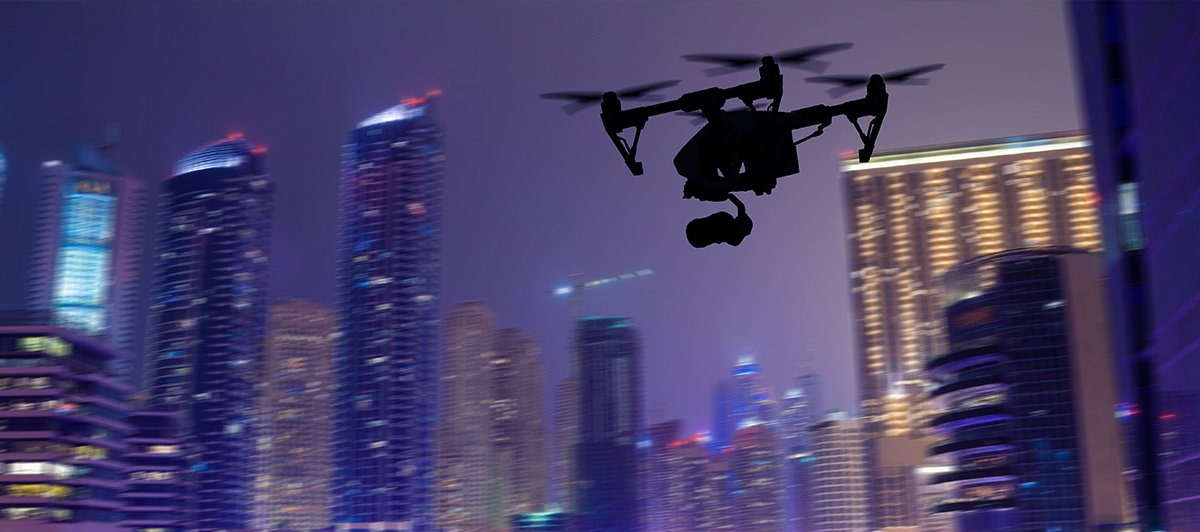With the constant development of digital technologies, local police agencies around the U.S (and the rest of the world) are getting more and more creative with spying on their citizens.
Airports, banks, museums, shops – there are a number of places where we are used to being watched. Enough to know that’s for our own safety and crime-prevention purposes. However, it seems that with the new surveillance technologies in use, law enforcement agencies are able to acquire more information about us than they should. You may be surprised to find out the
variety of tools that are used to monitor and record your every public move.
STINGRAYS
These devices, also known as “cell site simulators”, mimic cell phone communication towers, tricking your device into sharing its information. This allows them to not only to track your exact location, but also to intercept your private data and communications. Stingrays are usually built in police vehicles and are especially popular among
Californian local agencies.
Why would you care?Normally, this kind of tracking would require a warrant, but most of the time law enforcement agencies keep it a secret, so they
don’t need one to spy on you.FACIAL RECOGNITION
You have probably heard about the FBI’s
Next Generation Identification system – the world’s largest biometric database, containing over 50 million photographs of criminals and ordinary U.S citizens. So if an officer finds you suspicious, they can simply take a picture of your face and quickly run it through the database.
Why would you care?Privacy advocates strongly object the use of facial recognition technology, mainly because of its inaccuracy. Apparently, the algorithms used for identification are wrong about 15% of the time, meaning that an ordinary person can be wrongly accused for a crime.
AUTOMATIC LICENSE PLATE READERS (ALPRs)
While not a new technology, its wide usage raises serious privacy concerns. Mobile or fixed-location ALPRs take pictures of vehicles’ license plates, digitize and store them so that police can easily access this information in case of a theft or an accident.
Why would you care?Since the data collected by ALPRs not only includes the plate number, but also the time and GPS location, local authorities can track exactly where you travel. This information can be retained for months or even years with very few restrictions to protect privacy rights.
UNMANNED AERIAL SYSTEMS (UASs)
U.S. law enforcement agencies are constantly expanding the use of unmanned aerial systems, or surveillance drones, which raises
significant issues for our civil liberties. Equipped with facial recognition software, WiFi crackers, video cameras, infrared sensors and microphones, drones allow massive tracking and surveillance.
Why would you care?The Federal Aviation Administration estimates that around
3.5 million drones could be flying in the U.S. skies by 2021. Looks like you cannot take a single step without being listened to and watched.
POLICE BODY CAMERAS
Everything you do or say in front of a police officer can be recorded, stored and even live-streamed thanks to these tiny cameras that can be attached to an officer’s clothes or sunglasses. While this technology has the potential to enhance public security and ensure greater police transparency, without proper regulations it may become just another tool of a
street-level surveillance.
COMMUNITIES AGAINST SECRET SURVEILLANCE
If these surveillance technologies, as often claimed, are used for our own safety, then we should at least be able to know what and when our private information is being collected. However, in most cities, decisions to use monitoring devices are made and implemented in secret, without any legislation or public input. The
Community Control Over Police Surveillance is seeking to end this intrusive secret surveillance by mandating the right for local communities to participate and have their say in all decisions about the use of public surveillance technologies. 17 national organizations and 11 U.S. cities have already joined this initiative seeking to bring snooping practices into the daylight. You are more than welcome to
join them and be a part of significant changes in privacy protection.
